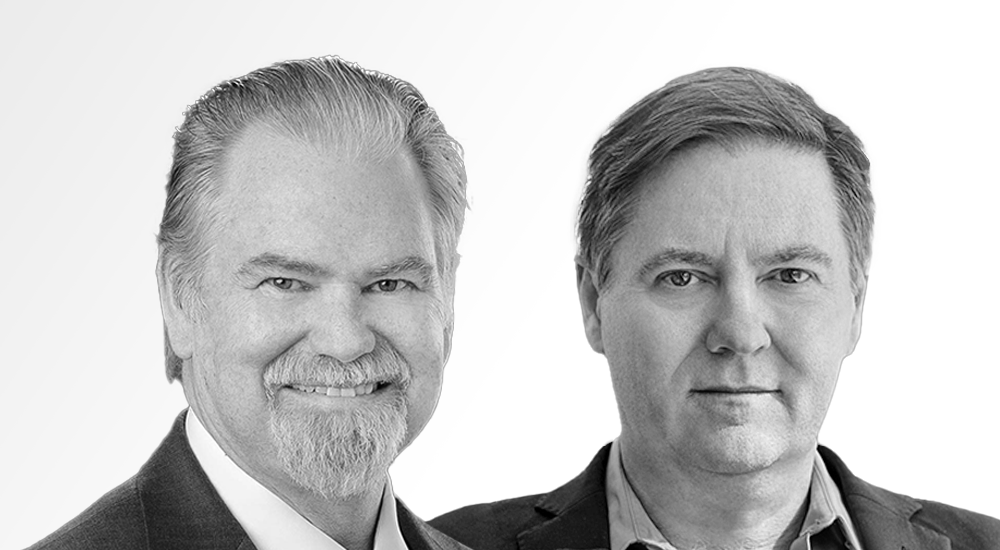Inflation is near a 40-year high. After calling inflation transitory for far too long, the US Federal Reserve has finally realised the urgency of the problem and has chosen to drive the economy into a recession in order to control inflation. Surely there are less painful approaches.
Inflation is a simple consequence of supply/demand imbalance. If demand exceeds supply, prices rise until balance is restored. The recent inflation surge is mainly due to blowout spending, unprecedented money creation, supply chain disruptions – some related to COVID-19 lockdowns and some to geopolitics – the Russia-Ukraine war and working from home, which leaves people with more money to spend, even as many produce fewer goods and services.
Many of our current problems are self-inflicted by an extended period of negative real rates. With robust economic growth, low unemployment and stock markets at all-time highs, we find it baffling that the Fed continued with quantitative easing for so long, keeping interest rates near zero. The 40-year comparison is much talked about but in 1981 the fed funds rate was 19%.
Too late to the game
Being late to the game – the primary issue – increases the probability that the Fed overreacts, which in turn increases uncertainty and elevates the probability of a hard landing, a serious recession.
The near-term prognosis for inflation is not good. If inflation in each subsequent month through year-end 2022 is zero, we will finish the year at 6.3%. If inflation runs at a monthly rate of 0.25% (or 3% annualised) through the end of year, we will finish at 7.6%.
Indeed, this is an interesting scenario. The most recent inflation rate is 8.5%. With very moderate inflation of 0.25% per month over the next two months, the October inflation release (the last one before the mid-term elections), will be 8.5% – no change from our current state.
Use the entire inflation toolkit
We worry that the Fed believes raising interest rates is sufficient to fine-tune inflation. Traditionally, interest rate hikes have been the go-to tool in a tightening scenario and have had some success. But this time might be different. Indeed, every time is different. This time around, the usual approach does not instil a lot of confidence.
Although largely unable to impact supply-side forces, the central bank can act to decrease demand, albeit with a serious lag. As of today, the Fed’s strategy is solely focused on the demand side, however, it will take much more than rate hikes to correct the demand/supply imbalance causing inflation to soar.
The Fed would instil greater confidence if, for example, it first identified the five major causes of inflation and how it plans to deal with each. Unfortunately, the Fed has little control over most of the current causes of inflation but could work with the US Treasury to address some of these at a fiscal level.
The second step is for the government to develop a coordinated policy response similar to the one adopted in the Global Financial Crisis in 2008 as a means to reduce uncertainty and devise a plan to reduce inflation – component by component.
One of us (Cam Harvey) was the first to show that a yield-curve inversion forecasts recessions. The other (Rob Arnott) has suggested that a yield-curve inversion does not predict recessions, it causes recessions. The long end of the yield curve is mainly a market rate set by the market’s perception of the fair cost of long-term capital.
The short end is largely managed by the central bank. If the central bank raises the short-term cost of risk-free capital above the long end, it is choosing a rate the market tells us is too high.
This is not necessarily the case in an economy (Europe or Japan) where the central bank also controls the long end of the yield curve (in policy circles, this is called yield-curve control). When the free market determines the long end of the yield curve, the Fed should pay close attention.
On 30 June 2019, when the yield curve had inverted for a full quarter, Harvey was frequently interviewed by the media, explaining that this signal was “code red” for recession. All previous eight episodes since October 1968 of inverted yield curves were followed by recessions, with no false signals. Some criticised his statements as potentially causing a recession. No, his warning was risk management 101.
Inverted yield curve by year-end?
Today, the yield curve – 10-year US Treasury bond yield minus three-month US Treasury bill yield – is not yet inverted, so why worry? The forward markets do a pretty good job of forecasting near-term Fed decisions and they are signalling a doubling of the fed funds rate by December. Those moves would likely take the short rate above the 10-year US Treasury bond yield.
Absent a run-up in long bond yields, this would leave us with an inverted yield curve. Uncertainty is a negative force and is a matter of degree. The level of uncertainty is key. While uncertainty is always present, the level can fluctuate. When the level of uncertainty is relatively high, as it is today, business leaders should engage in risk management.
What does risk management look like? Suppose a corporation has a promising project which entails building a new plant. Management believes the investment will enhance its long-term value, increasing investment, employment and eco-nomic growth. The corporation needs to finance the plant but given current uncertainties, is now the time?
This is not theoretical. With inflation running at a 40-year high, major geopolitical disruptions around the world and monetary and fiscal policies in flux, the logical tactic is to exercise caution. Could a cautionary stance lead to a self-fulfilling prophesy? Perhaps, but it is a matter of degree. Better to be cautious on capital expenditures and new hiring now rather than being caught in a situation that threatens your company’s survival.
Being proactive is better than being forced to improvise in a bad economic environment. Although a cautionary approach could contribute to a slowdown, it is consistent with the ideal soft-landing scenario.
It is not too late to prepare.
Rob Arnott(pictured left) is founder and chairman and Campbell Harvey (pictured right) is head of research at Research Affiliates and professor of finance at Duke University
This article first appeared in ETF Insider, ETF Stream's monthly ETF magazine for professional investors in Europe. To access the full issue, click here.
Related articles



